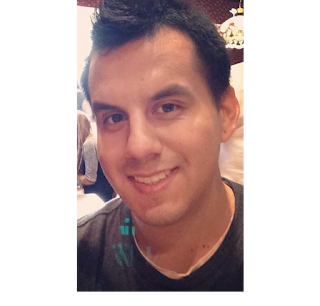On the new design:
Last semester, my estimate for the metal for the rail alone was about $6000. In the beginning of the semester, I made changes to the design. With the help of several people, I was able to come to an agreement on a more real-world practical design. I drew up the new guideway and reworked a new cost estimate. The new estimate for the rail was around $1900.
On where to purchase metal:
I started a search on where I can purchase a bulk amount of metal at a low cost. My options were PD Steel, Sims, or NorCal. I decided to go with Sims because they offered student discount and had piles of scrap metal that were sold at a lower percentage. Throughout the next months, I, along with teammates, made several trips to transport metal from there to the Spartan Superway Design Center (SSDC).
On where to bend the metal:
The next thing to address was where and who will provide the bending metal for the slope and the curved sections of the rail. This has been the biggest concern the entire semester. At first, I didn't realize how much of an issue this part would be. I figured if Nor-Cal Metal was able to bend a 2"x4" and a 2"x6" They can bend my 1"x2" and 1"x3" no problem. Turns out it was a problem. They said it was impossible to do and they did not have the capability. They said I would need someone who has access to induction bending. So I moved on and did a google search of local areas that could bend tubing. I called over 20 areas, and only two were able to say they could do it. One place was in Los Angeles. Master Metals is the local area that gave me a quote of $2,500 and Paramount Roll and Form gave me a quote of $1,400. Before I could make a decision I ended up meeting a man who could do the bends for me for free. I held off on continuing with the other fabricators. Eventually, it turned out that the man's workshop was incapable of making the bends. So I went into Master Metals to talk about the quote and see if he can offer some discount or donations. I told him about the project and what we are doing. He instantly seemed interested and offered to do the work for free as long as we put his logo on the banner and website for Spartan Superway. I held back a tear and said yes and thank you. The metal should arrive by Tuesday 5/10.
On the subject of welding:
I took upon the challenge of learning to weld. I have only little background on oxygen-acetylene. That was enough to understand angles and getting the base metal melted enough to weld. The problem was I have never seen a TIG or MIG machine and I didn't even know how to turn it on. I watched a couple hours of youtube videos, I also received help from people in class on the basics and I also had big help from Jack Irwin, He did all the welding for last year's team. He gave me an extensive run-down on what it should look like, holding techniques, movement, and what to look out for. My welds went from this,
to this,
also, I have a teammate helping me with a lot of MIG work. Lastly, I took part in the TechShop pilot program. I took a class in MIG welding to learn how to safely use the machine and how to correctly use it.
On the subject of Schedule:
We have accomplished a lot this past month, and once the bent metal come in it should be just plug in and go. We want to get it down as soon as possible to allow for other teams to test their hardware.
On my personal experience:
Like everyone else on this project, it has taken a lot out of me. I spend countless hours in SSDC trying to be on time. If it wasn't for the constant help from Cass-E, NJ, Matt Senior and other team members I wouldn't be where I am now. Last week is coming up and it's going to be a very interesting period.






